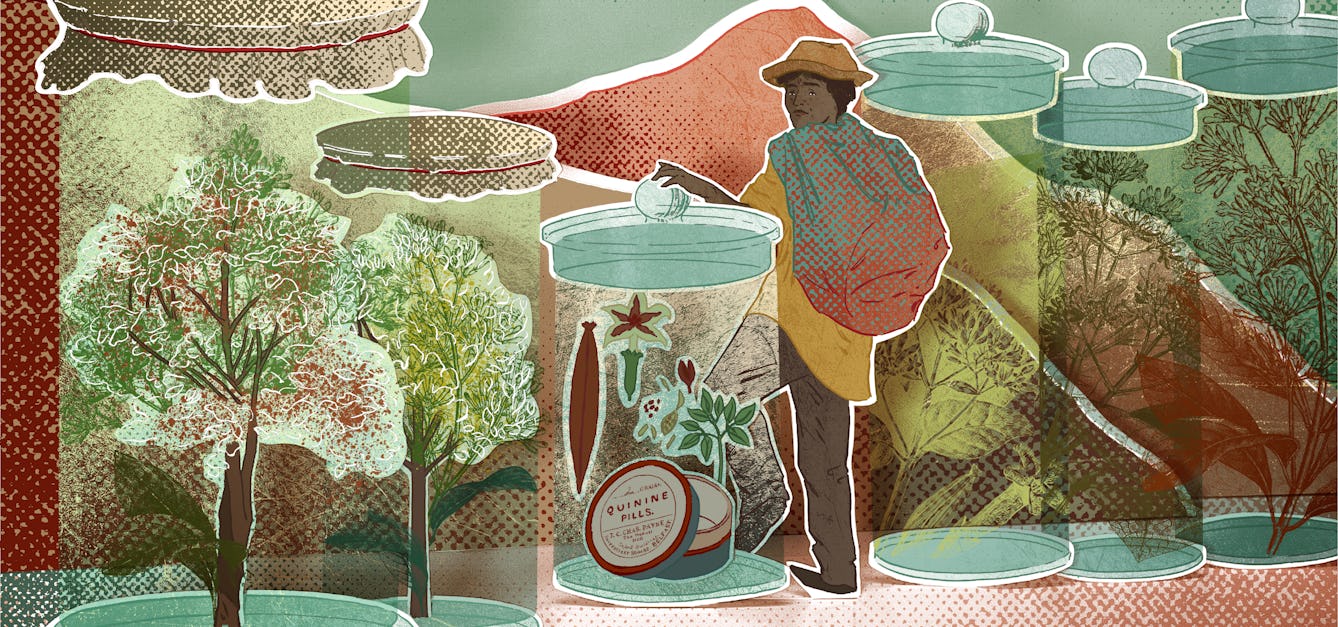Stories

- Article
Plant portraits
The beautiful and mysterious illustrations in medieval herbals convey a wealth of knowledge about the plants they portray.

- Article
Black pepper to fuel fiery fights and cure haemorrhoids
This common condiment was once very valuable and, until surprisingly recently, used as a versatile medicine.

- Article
How Indigenous insight inspires sustainable science
The forest of the Amazon Basin is inextricably bound up with the lives of the Indigenous peoples living there. Find out how they feel about the forest, use what it provides, and try to protect it from aggressive commercial exploitation.

- Article
Hunting lost plants in botanical collections
A bark specimen at Kew recalls the story of a South American man who harvested the most potent source of the only effective malaria treatment available in the late 1800s. Killed for his work and forgotten by history, Manuel Mamani was a victim of the colonial juggernaut.
Catalogue
- Books
T.C.P guide to health / British Alkaloids Ltd.
British Alkaloids Limited.Date: 1940- Archives and manuscripts
Pyrrolizidine Alkaloids
Date: 1993-1994Reference: GC/198/B/4Part of: Sir Francis Avery Jones- Books
The great curative germicide, T.C.P. trichlorophenylmethyliodosalicyl in H2O : first aid and general treatment : invaluable to works' and ships' surgeries : imperative for tropical travel and residence : missonaries, expeditions, etc. : wonderful pain killer and healer : no medical unit or ambulance department complete without T.C.P. / prepared by British Alkaloids, Limited.
British Alkaloids Limited.Date: [1929?]- Books
Studies on Argentine plants. III, Alkaloids from lycopodium saururus / by V. Deulopeu and J. De Langhe.
Deulofeu, Venancio, 1902-Date: [1942]- Archives and manuscripts
C. E A Carmichael, Crampton-Smith, Crum Brown and Fraser, Curare Alkaloids, 1971-72 (notes)
Date: 1971-1972Reference: PP/RRW/D/18Part of: West, Robert George Ranyard (1900-1986)









